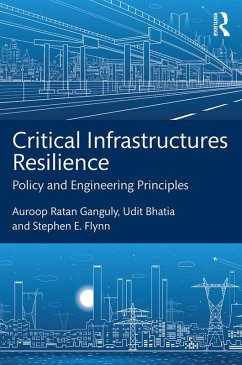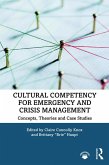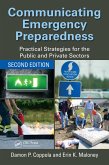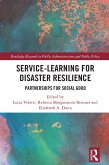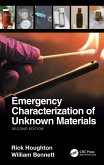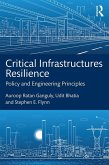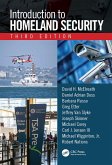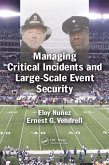Dieser Download kann aus rechtlichen Gründen nur mit Rechnungsadresse in A, B, BG, CY, CZ, D, DK, EW, E, FIN, F, GR, HR, H, IRL, I, LT, L, LR, M, NL, PL, P, R, S, SLO, SK ausgeliefert werden.
'The resilience of urban communities to natural and anthropogenic hazards depends on the performance of the built environment and on supporting social, economic and public institutions functioning as integrated systems. This book is timely in light of the growth of urban infrastructure, populations and economic development in regions that are susceptible natural hazards, such as earthquakes, hurricanes coupled with storm surge, and sea level rise. Coverage includes major areas of concern to urban resilience assessment and risk mitigation: modeling critical infrastructure systems and their interdependencies, probabilistic risk assessment, and development of risk-informed public policy. Written at a time when resilience research is reaching a critical mass, this book is a welcome addition to the literature, providing a unique perspective by leaders in the field of critical infrastructure systems on quantitative urban resilience assessment.' - Bruce R. Ellingwood, Co-director, Center of Excellence for Risk-Based Community Resilience Planning, Colorado State University
'Harvey, Irma, Maria - common names for uncommon natural disasters that highlighted how brittle our cities and their infrastructure are. This book guides students and practitioners through the methodologies that can be used to quantify the risk natural and man-made events present to our infrastructure. Those learners will be better prepared to design more resilient cities and communities capable of withstanding increasingly common extreme events.' - Rafael L. Bras, Provost and Executive Vice President for Academic Affairs, Georgia Institute of Technology

